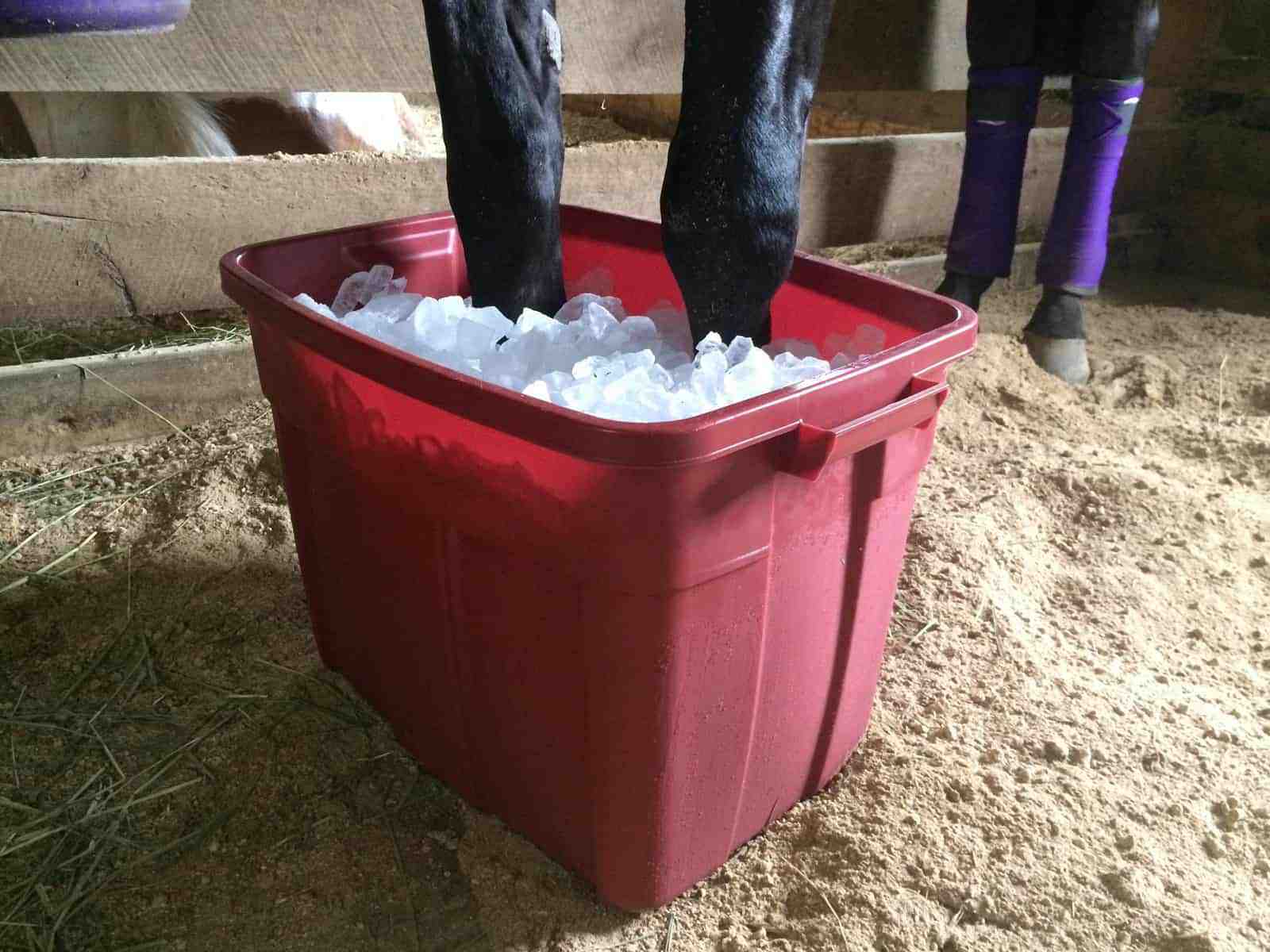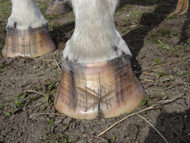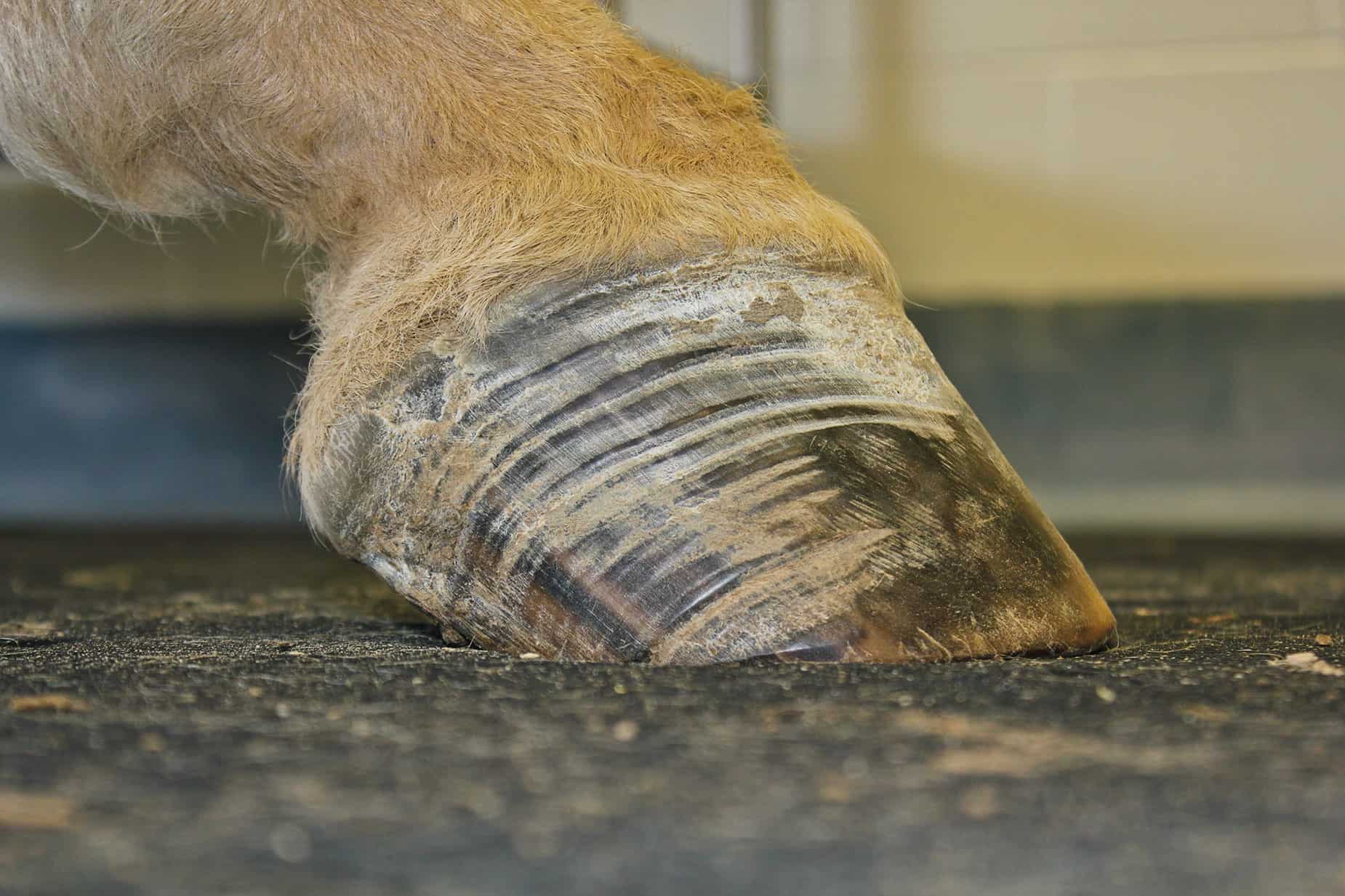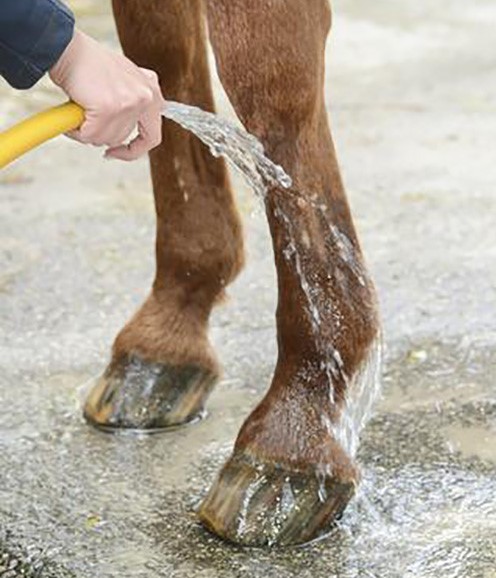Prevention is still the best way to manage laminitis in horses however chronic laminitis cases can recover with a multi faceted long term natural treatment plan.
Best treatment for laminitis.
Vitamins omega fatty acids relaxation in a stress free environment and proper nutrition through feed and other supplementation.
As mentioned earlier in the article there are many natural options to help a horse with laminitis.
Treatments such as the heart bar shoe said to be essential three decades ago are hardly mentioned today.
However one of the very best natural alternatives for.
The best method for treating laminitis is to get your horse on a carefully monitored long term management program.
Treatment will depend on specific circumstances but may include the following.
Chronic laminitis can be a very difficult disease to treat however by using natural treatments the success rate increases significantly.
The natural treatment of laminitis in horses is possible.
Laminitis the condition symptoms and treatment laminitis affects so many horses and ponies that it is now the most researched aspect of lameness worldwide.
Treat each horse as an individual and seek quality practitioners to help you.
Other diseases can bring on bouts of laminitis.
Laminitis is sometimes caused by a horse being overweight and eating fresh pasture but not always.
Laminitis is a serious and complex disease.
This research continues to explain why certain horses and ponies do not respond to correct dietary management alone and also tells us more about how we should manage susceptible horses.
Treating these horses involves a combination of many alternative and complementary modalities including acupuncture herbs homeopathy and the most important of all nutrition.
The sooner treatment begins the better the chance for recovery.
Your goal should be to help prevent the further development of laminitis as well as to reduce the pain associated with this destructive disease.
Diagnosing and treating the primary problem laminitis is often due to a systemic or general problem elsewhere in the horse s body.
If anyone wants to try the double cream treatment but is inexperienced in dealing with the disease or has any doubts at all then it would be best to try it under the supervision of a vet one who is open minded enough not to dismiss the treatment out of hand if such a creature exists.
Successful treatment of laminitis appears to be related primarily to the degree of the initial insult and the ability of treatment to eliminate a primary underlying condition.
Unfortunately many of the treatment regimens both medical and farriery techniques used to treat acute laminitis are based on tradition theoretical assumptions that a given treatment should.



















